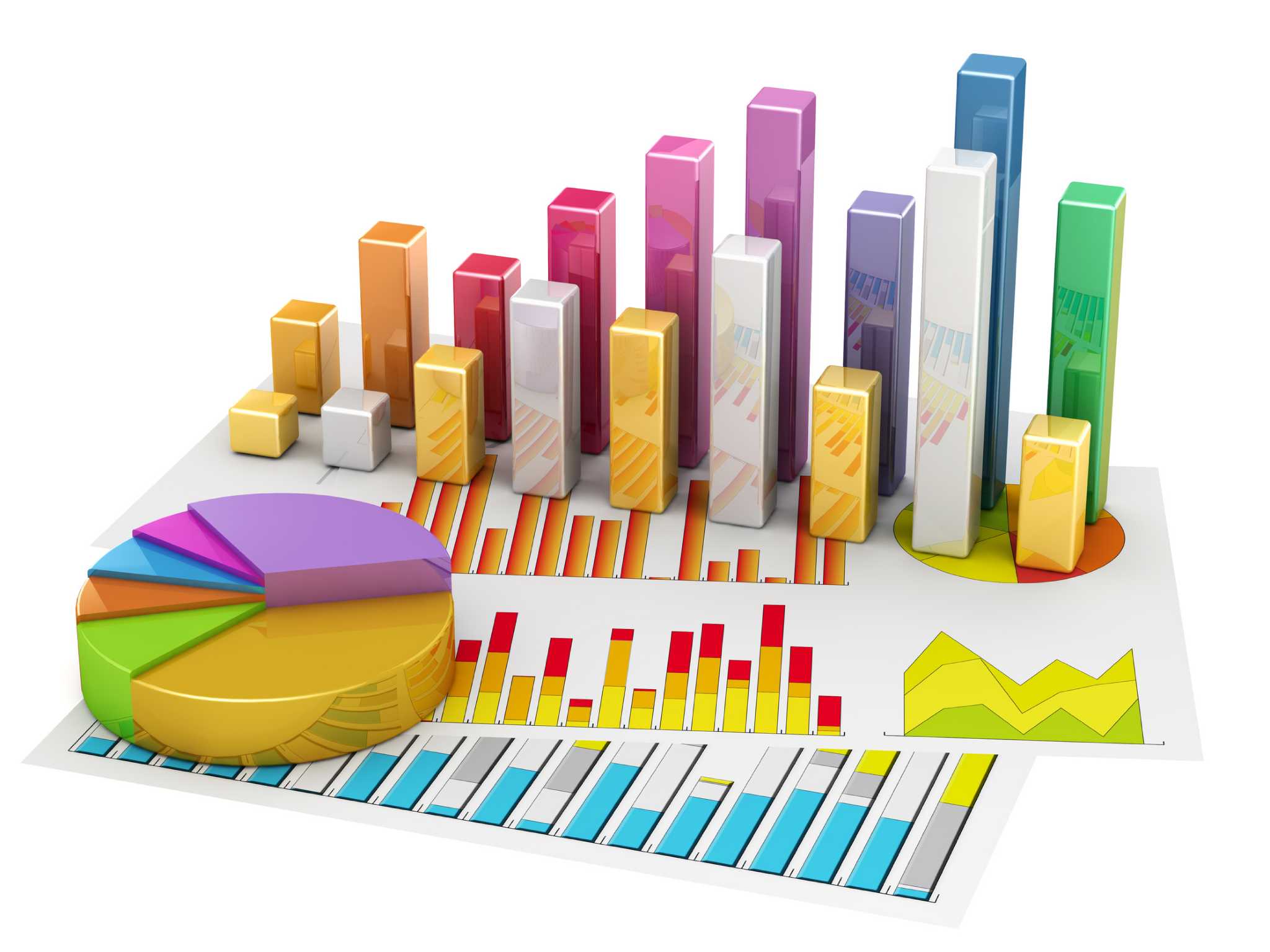Unveiling Insights: The Art of Data Analysis
Unveiling Insights: The Art of Data Analysis
Blog Article

Welcome to the world of data analysis, where numbers and statistics intertwine to reveal intriguing insights that can shape decisions and strategies. Data analysis is a powerful tool that allows us to make sense of the vast amounts of information generated daily in our digital age. Whether it's predicting market trends, understanding consumer behavior, or uncovering patterns in healthcare data, the art of data analysis plays a crucial role in today's data-driven society.
By harnessing the power of data analysis, we unlock the potential to transform raw data into meaningful and actionable information. Through various techniques and methodologies, data analysts sift through complex datasets to extract valuable knowledge that can drive innovation and drive organizational success. As we delve deeper into the realm of data analysis, we discover a world where numbers come alive, painting a story that guides us towards informed decisions and strategic moves.
Exploring the Basics
Understanding the fundamentals of data analysis is crucial in today's data-driven world. It involves examining, cleaning, transforming, and modeling data to uncover meaningful insights. Data analysis plays a key role in decision-making processes for businesses, researchers, and governments alike.
At the core of data analysis lies the process of asking the right questions and defining clear objectives. By determining what information is needed and setting specific goals, analysts can focus their efforts effectively. This initial stage sets the foundation for the entire analysis, guiding the approach taken and shaping the outcomes.
Data analysis techniques can vary depending on the nature of the data and the desired insights. From descriptive analysis to predictive modeling, each method offers unique advantages for extracting valuable information. Utilizing appropriate tools and methodologies is essential for accurate interpretation and informed decision-making.
Advanced Techniques
In the realm of data analysis, embracing advanced techniques can elevate your insights to new heights. One such technique is machine learning, a powerful tool that allows for the creation of predictive models based on patterns within data. By leveraging algorithms and statistical models, machine learning can uncover hidden relationships and make accurate predictions for future trends.
Another key advanced technique is data mining, a process that involves sorting through large datasets to identify patterns and establish relationships. Data mining techniques include clustering, classification, and regression analysis, which can help extract valuable insights from complex and unstructured data. Through data mining, analysts can discover hidden patterns that may not be apparent at first glance, enabling them to make informed decisions.
Furthermore, the integration of artificial intelligence in data analysis has revolutionized the way insights are generated from data. AI-powered systems can process vast amounts of data in real-time, enabling organizations to gain actionable insights quickly and efficiently. By leveraging AI capabilities such as natural language processing and deep learning, analysts can delve deeper into data and extract meaningful insights that drive strategic decision-making.
Practical Applications
Data analysis
Data analysis plays a crucial role in a wide range of industries, revolutionizing decision-making processes. In the field of healthcare, data analysis is utilized to predict patient outcomes, optimize treatment plans, and improve overall healthcare delivery. By analyzing large volumes of patient data, healthcare providers can make more informed decisions leading to better patient care and outcomes.
In the realm of marketing, data analysis is used to understand consumer behavior, preferences, and trends. By analyzing customer data and market trends, businesses can tailor their marketing strategies to target specific audiences effectively. This targeted approach not only increases the efficiency of marketing campaigns but also enhances customer engagement and satisfaction, ultimately driving business growth and profitability.
In the field of finance, data analysis is instrumental in detecting fraudulent activities, managing risks, and making strategic investment decisions. By analyzing patterns and trends in financial data, analysts can identify potential risks and opportunities, leading to more informed decision-making. This enables financial institutions to safeguard assets, optimize investment portfolios, and ensure compliance with regulatory requirements.
Report this page